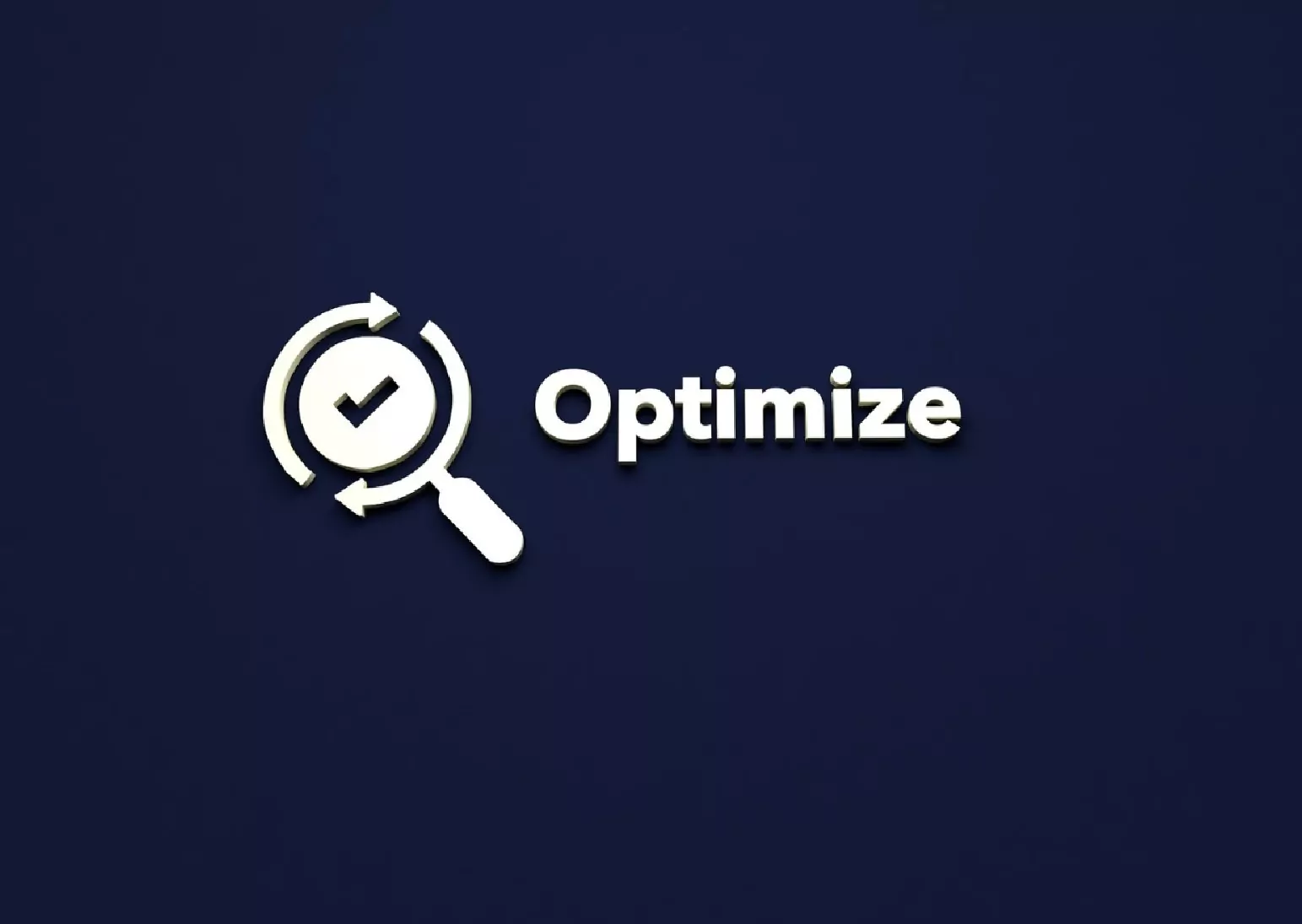Essential Guide on How to Track Your Marketing Spend Effectively in Burnaby
Maximize your marketing budget in Burnaby with practical tips and tools for effective tracking and analysis.

For many local companies, knowing exactly how to track your marketing spend effectively in Burnaby is the difference between guessing and growing. With rising ad costs and evolving privacy rules, Burnaby businesses need a reliable system that shows what is working, what is wasting money, and where to scale. In this guide, you will learn practical frameworks, local examples, and proven tools that make spend tracking clear and repeatable. We will cover the full stack, from budgets and KPIs to analytics, attribution, and reporting rhythms that leadership trusts. To get you started fast, we will map strategies to fit typical Burnaby business models like retail, professional services, home services, and e-commerce. For a quick reference, explore How to track your marketing spend effectively in Burnaby to anchor your approach and avoid costly blind spots.
Build a single source of truth for how to track your marketing spend effectively in Burnaby

The first step in building confidence in your numbers is creating a single source of truth that consolidates costs, clicks, and conversions across channels. Start with a master tracking sheet or dashboard that aligns data from Google Ads, Meta Ads, SEO reporting, email, and offline channels like flyers or events in Metrotown and Brentwood. Use consistent naming conventions for campaigns and UTM parameters so every dollar is labeled, findable, and comparable over time. When your Google Analytics 4, ad platforms, and CRM show the same definitions for leads, sales, and revenue, your team can optimize faster with less debate. This foundation also helps you estimate customer acquisition cost and return on ad spend by channel, week, and campaign with far greater accuracy.
UTM discipline is non-negotiable for accurate attribution and is essential when you need to track spend across multiple Burnaby neighborhoods or offers. Use parameters such as utm_source, utm_medium, utm_campaign, utm_content, and utm_term on every ad, email, and social post with a link. Document your conventions in a shared sheet and bake them into your workflows and templates so they become automatic. If you run seasonal campaigns for Burnaby Heights or Edmonds, include those geos in your naming for cleaner reporting and comparisons. When your team can filter reports by channel, audience, and location, leadership will trust the numbers far more and approve budget shifts confidently.
To connect marketing to money, integrate your CRM or POS so closed revenue is visible by campaign and date. For service-based businesses, connect form submissions and call tracking to a CRM stage pipeline to measure lead quality, not just volume. For retail and e-commerce around Lougheed or Brentwood, capture order values, discount codes, and customer lifetime value markers that inform your ROAS targets. Ensure your GA4 configuration is complete and validated; review Google's guidance on event-based measurement in GA4 for accurate ecommerce and lead tracking through GA4 setup and events. This integration will reveal underperforming spend quickly and point you toward optimizations with the highest financial impact.
Set Burnaby-specific budgets, KPIs, and benchmarks to track your marketing spend effectively

Before optimizing, define what success looks like for your market, price points, and sales cycle length. Establish SMART goals for month and quarter aligned to your capacity and cash flow realities, such as target CAC under $150 for a Brentwood dental clinic or blended ROAS over 3.5 for a Metrotown ecommerce brand. Use rolling 90-day averages with week-over-week leading indicators so short-term spikes do not throw you off your plan. Calibrate your expectations with local context by referencing Burnaby's business growth and sector trends via the city's resources at Burnaby Business. With clear budget envelopes by channel, your tracking becomes a scoreboard that guides when to pause, pivot, or scale.
Choose a small set of KPIs that translate directly to financial outcomes and can be measured reliably. For top-of-funnel channels, monitor cost per engaged visit, qualified lead rate, and assisted conversion value from organic and local SEO. For paid search and social, prioritize CAC, ROAS, and contribution margin, not just click-through rates. Track lagging and leading indicators together; for example, watch impression share and share of voice changes alongside booked appointments or in-store foot traffic near Metro Vancouver transit hubs. Build your dashboards so each KPI ladder ups to profitability, not vanity.
Your budget allocation should follow a test-learn-scale cadence with thresholds that trigger action. Define rules like increasing spend by 20 percent on campaigns that maintain CAC under target for three consecutive weeks, or pausing creatives if frequency exceeds 7 with declining CTR. Incorporate seasonality for Burnaby businesses, such as winter services, back-to-school promotions near SFU, or holiday retail surges at Metropolis at Metrotown. When your team sees KPIs color-coded against targets and budget pacing, accountability becomes effortless. This disciplined approach transforms tracking from a chore into a strategic advantage.
Implement a privacy-safe tracking stack to track your marketing spend effectively in Burnaby

A reliable stack blends ad platform tags, GA4, call tracking, and server-side signals while respecting BC privacy rules. Confirm your consent banners and privacy policy align with local regulations, and review British Columbia's privacy guidance via the Office of the Information and Privacy Commissioner at OIPC BC. In GA4, configure enhanced measurement, conversion events, and e-commerce parameters; verify cross-domain tracking if you use third-party forms or payment pages. For Meta and Google Ads, set up conversion APIs or server-side tagging to improve signal resilience when cookies are limited. This not only boosts attribution accuracy but also improves bidding efficiency and reduces wasted spend in competitive Burnaby markets.
Call tracking is essential for service businesses where phone inquiries close a large percentage of deals. Use dynamic number insertion so each traffic source gets a unique forwarding number, then push call outcomes to your CRM for quality scoring. Train staff to tag calls with outcomes like booked, no-show, or price check to refine your keyword and audience strategy. For retail and hospitality near Edmonds or Burnaby Heights, consider integrating POS data with promo codes and loyalty IDs to link in-store sales to campaigns. Over time, this illuminates the real contribution of local SEO, Google Business Profile, and neighborhood-specific offers.
To operationalize the stack, document your implementation and run quarterly audits to fix drift. Keep an issue log for broken tags, missing UTMs, or landing page changes that might compromise tracking. Establish ownership so one person is responsible for GA4, another for ad tags, and another for CRM fields and report maintenance. Reference platform best practices and developer docs, such as Meta's Conversion API overview at Meta CAPI, when troubleshooting. A resilient stack pays for itself by shrinking uncertainty, stabilizing performance, and giving you the confidence to invest where it matters most.
Analyze, attribute, and optimize to track your marketing spend effectively in Burnaby

Attribution is not about finding one perfect model but triangulating truth from multiple lenses. Use GA4's data-driven attribution for directional insights, compare with last-click for budget guardrails, and review platform-reported conversions for optimization. Build media mix snapshots that show how paid search, paid social, email, organic, and referral work together, especially around local events or sales spikes in Burnaby. When signals are thin, rely on short controlled tests and geo splits between Burnaby and adjacent areas like New Westminster to measure lift. This pragmatic approach prevents over-crediting one channel and underfunding critical assist touchpoints like organic content or remarketing.
Adopt a weekly review rhythm that focuses on exceptions and experiments. Start with a budget pacing check, then scan KPI deltas, and drill into anything that moved more than 20 percent week-over-week. Compare creative cohorts, audience segments, and keyword themes to identify where demand is shifting. For example, a Burnaby home services company might see higher conversion rates for emergency keywords during colder months; shift budget accordingly. Close each review with a short list of actions, owners, and due dates so improvements hit the market quickly.
Layer in simple incrementality tests to separate causation from correlation. Use holdout audiences on Meta and controlled keyword pauses on Google to estimate true lift over two to three weeks. For small budgets, rotate geo-tests between Burnaby neighborhoods to minimize risk while gathering clear insights. Track both immediate revenue and downstream value like repeat purchase or referrals to better judge long-term return. Over a quarter, you will build a library of learnings that make your budget allocation far more precise.
Local case studies and playbooks for how to track your marketing spend effectively in Burnaby

A Brentwood dental clinic allocated 60 percent of its budget to Google Ads and 40 percent to Meta, but CAC was rising despite steady lead volume. After implementing stricter UTMs, call tracking with outcomes, and GA4 conversion validation, the team found 35 percent of calls from Facebook were price-checkers who rarely booked. They shifted 15 percent of spend toward higher-intent keywords and built a remarketing funnel with financing FAQs. CAC dropped from $220 to $148 in six weeks, while booked appointments grew 27 percent. The clinic now runs quarterly call audits and uses a weekly review dashboard to maintain a healthy LTV:CAC ratio.
A Metrotown ecommerce boutique selling home décor used broad social audiences and saw strong clicks but poor ROAS. They rebuilt their product feed, implemented server-side tagging, and segmented campaigns by product margin and customer lifetime value tiers. With GA4 enhanced ecommerce configured properly, they discovered that new customer orders had a 2.1 ROAS while returning customers delivered 5.8 ROAS. They invested in email automation and loyalty offers to increase repeat purchases and moved 20 percent of top-of-funnel spend to branded search and shopping campaigns. Within two months, blended ROAS climbed from 2.8 to 4.2, and the owner had the clarity to scale during peak seasons.
A Burnaby Heights home services business relied on Google Business Profile and postcards, but tracking was inconsistent and budgets felt arbitrary. They added QR codes with UTMs to their mailers, set up call tracking with dynamic numbers on their website, and integrated lead stages in their CRM. By tagging every lead with campaign, neighborhood, and service type, they could compare quality, not just volume. They discovered postcards performed best in two micro-areas and shifted spend accordingly, cutting wasted print costs by 30 percent. The business now runs monthly geo analyses and updates budget allocation based on CAC differences by neighborhood.
Conclusion

Mastering how to track your marketing spend effectively in Burnaby comes down to building a reliable measurement system, setting grounded financial targets, and running regular optimization cycles. With consistent UTMs, clean GA4 events, CRM integration, and disciplined reviews, you will see clearly which channels drive profit and where to invest next. The local playbooks and examples in this guide can help you sidestep common pitfalls and find quick wins, whether you are a clinic in Brentwood, a shop near Metrotown, or a home services brand serving Burnaby Heights. If you want expert help to implement these systems, Butterfly Networking can configure your stack, set up dashboards, and train your team for long-term success. Explore our services at Services, read more insights at Blog, or contact us for a discovery call at Contact.
Need help making marketing less mysterious? Let's chat! ![]() Carla@ButterflyNetworking.ca |
Carla@ButterflyNetworking.ca | ![]() 778-835-4032 |
778-835-4032 | ![]() https://askCarla.ca/15MinuteConsultation
https://askCarla.ca/15MinuteConsultation
We help Burnaby and New Westminster businesses install robust, privacy-safe tracking that turns marketing from a cost center into a growth engine. For fast support on measurement, budgets, and data-backed optimization, our team is here to help you scale with confidence. Meta Title: How to track your marketing spend effectively in Burnaby.
Frequently Asked Questions

What is the first step to learn how to track your marketing spend effectively in Burnaby?
Begin by defining a single source of truth that consolidates spend and performance across every channel. Create a standardized UTM framework and ensure all campaigns, emails, and social posts use it consistently. Validate your GA4 conversions and connect CRM or POS so revenue is attributed to campaigns accurately. Define clear KPIs like CAC, ROAS, and contribution margin that tie directly to your financial goals. With this foundation, your weekly reviews will be faster, your decisions will be clearer, and your budget will work harder.
Which tools are essential for Burnaby businesses to track spend and ROI?
Most local companies can achieve high accuracy with GA4, Google Tag Manager, Google Ads and Meta Ads pixels, and call tracking software integrated into a CRM. E-commerce brands benefit from enhanced ecommerce events and server-side tagging to stabilize data quality. Service businesses should prioritize call tracking with outcome tagging and CRM stage tracking to judge lead quality. Retail and hospitality can connect POS systems with promo codes and loyalty IDs to link in-store sales to campaigns. Regular audits and access controls keep your stack healthy and your numbers trustworthy.
How do I set realistic budgets and targets for my Burnaby market?
Start with your unit economics, including average order value, gross margin, and realistic close rates by channel. Translate those into guardrails like maximum CAC per service line or minimum ROAS for product categories. Use 90-day averages and include seasonality seen in Burnaby neighborhoods such as Metrotown and Brentwood. Align weekly budget pacing to capacity and inventory so you do not overbook or stock out. Review performance weekly and reforecast monthly to keep targets current and achievable.
What should I do when platforms report different conversion numbers?
Expect variation between GA4, Google Ads, and Meta due to attribution windows, modeling, and signal loss. Use GA4 as your neutral source for revenue and trend analysis, while platform data guides in-platform optimizations. Compare multiple attribution views and run incrementality tests to estimate true lift. Document your assumptions and pick consistent rules for budgeting, such as using GA4 for final revenue and platform data for bid decisions. Over time, your tests will calibrate the gap so you can make confident investment calls.
How can I ensure my tracking respects BC privacy requirements?
Use clear consent language, offer opt-out choices, and store data securely in line with BC regulations. Review the latest guidance from the Office of the Information and Privacy Commissioner for British Columbia and update your privacy policy accordingly. Implement consent mode in your tags and minimize personally identifiable information in your analytics. Keep an audit log of tracking changes and conduct quarterly reviews to ensure compliance. When in doubt, consult legal counsel and follow platform best practices for privacy-safe measurement.
